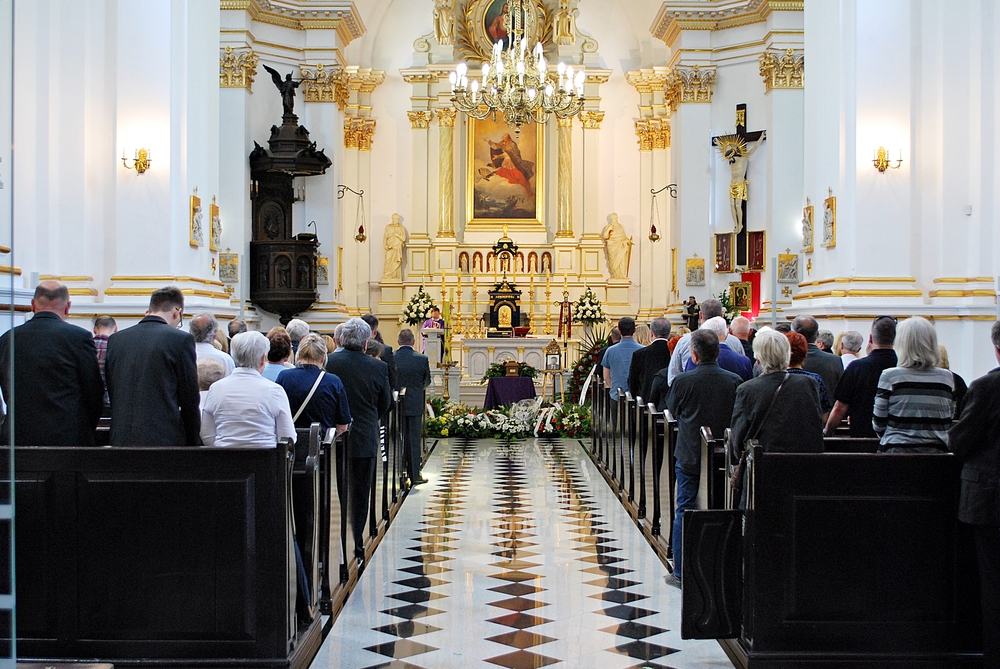Life Stages: Marriage
Marriages are considered extremely important in Italian culture, with most adults leaving their parental home only after getting married. Despite the slowly growing number of cohabiting couples, marriage is by far the most popular living arrangement for an Italian couple. The vast majority of Italy’s marriages are celebrated according to Roman Catholic traditions, which considers marriage to be a sacred act that binds the couple together for life.
Arranged marriages were common in Italian society in the past, but that trend has almost completely disappeared. Most of today’s youngsters have the freedom to choose their own partners. The average age of marriage is 29 for men and 27 for women. Men usually prefer to marry after completing their education and getting a job.
Cultural Practices
Weddings are very important in Italian society. When a couple decides to get engaged, their parents meet and discuss matters related to the wedding. Usually, it is the bride’s family that bears the wedding expenses. The custom of dowry is not practiced in Italy, with the possible exception of aristocratic families. However, the bride may receive expensive wedding gifts (her trousseau) from her family. Italians like their weddings to be large, expensive affairs, often using the celebration as an opportunity to reinforce familial ties.
On the morning of the wedding day, the couple is married at a Catholic Mass, where they formally exchange wedding vows, exchange rings (fedi), and are pronounced husband and wife. It is traditional for a veil to cover the bride’s face during the ceremony. The church is usually decorated with a large red ribbon spanning the top of the doorway to let people know a marriage is taking place. An important custom is showering rice or paper confetti on the couple as they leave the church, as a wish of good luck and prosperity.
After the service, the couple attends a wedding reception thrown for their friends and relatives. The dancing, music, singing, and feasting usually last until the early hours of the morning. During this time, everyone joins together in dancing the traditional wedding circle dance known as la Tarantella.
Cutting a wedding cake is a must and all receptions feature the couple cutting a multi-layered cake topped by two small figurines representing the bride and groom. Food served at wedding receptions includes popular Italian pastries (wanda) and sugar-coated white almonds (confetti). During the reception, the couple are constantly wished well, feted, and urged by the crowd to kiss. In certain regions, it is customary for the couple to shatter a glass at the end of the function, with the fragments supposedly indicating the number of years the couple will live happily together. In small Italian towns, the couple is usually required to saw through a special log kept for them by the townspeople. This was an indication of the unity required to deal with married life.
Traditional Roles
Italian culture generally expects the wife to be the submissive partner in the marriage. It is the husband who usually has the greater say, particularly in low-income families where the couple is poorly educated. The wife’s typical role in a marriage is to perform the household chores and domestic duties. Men are expected to earn the family’s income. These gender roles, however, are changing with the times, and an increasing number of Italian women are working and supplementing the family’s income, resulting in less focus on household duties. Highly educated women often expect to have a share of the authority in a marriage, besides requiring their husbands to help with the household chores.
Most newly married Italian couples move out of their parental homes and live separately. Some couples, however, may live with the parents of the bride or groom to take care of the family’s business interests.
Extramarital affairs are very common in Italy, and statistics reveal that a significant number of Italians have cheated on their partners. In fact, Italian women have a greater number of extramarital relationships than men. Although polygamy is legally outlawed, it can be found among some Muslim immigrant communities, although only a very small amount of men in this group have more than one wife.
Italy legalized divorce in 1970, but their divorce rate is lower than France, England, or the United States. Divorce in Italy is considered a personal failure that signifies the end of a relationship rather than the beginning of a new life. Usually, divorced spouses return to their parental home. Italian law provides two types of legal separation. One is consensual separation, which is the result of a mutual agreement between husband and wife and requires approval by a court. The other is judicial separation, which involves hearings and discussions in the court before an agreement is reached. After three years of legal separation, a divorce is granted.
According to Italian law, there are several grounds on which a person can file for divorce. They include the imprisonment of a spouse for criminal offenses, a foreign spouse obtaining a divorce or marrying again abroad, the inability of spouse to consummate the marriage, and adultery. If children are involved, the judge makes the final decision regarding child custody. Usually mothers get custody of children, and fathers have to be kept informed of their growth and progress. Spousal support can be sought if the spouse who requires it is not responsible for the divorce and has no alternate means of income.
Copyright © 1993—2024 World Trade Press. All rights reserved.

 Italy
Italy 
